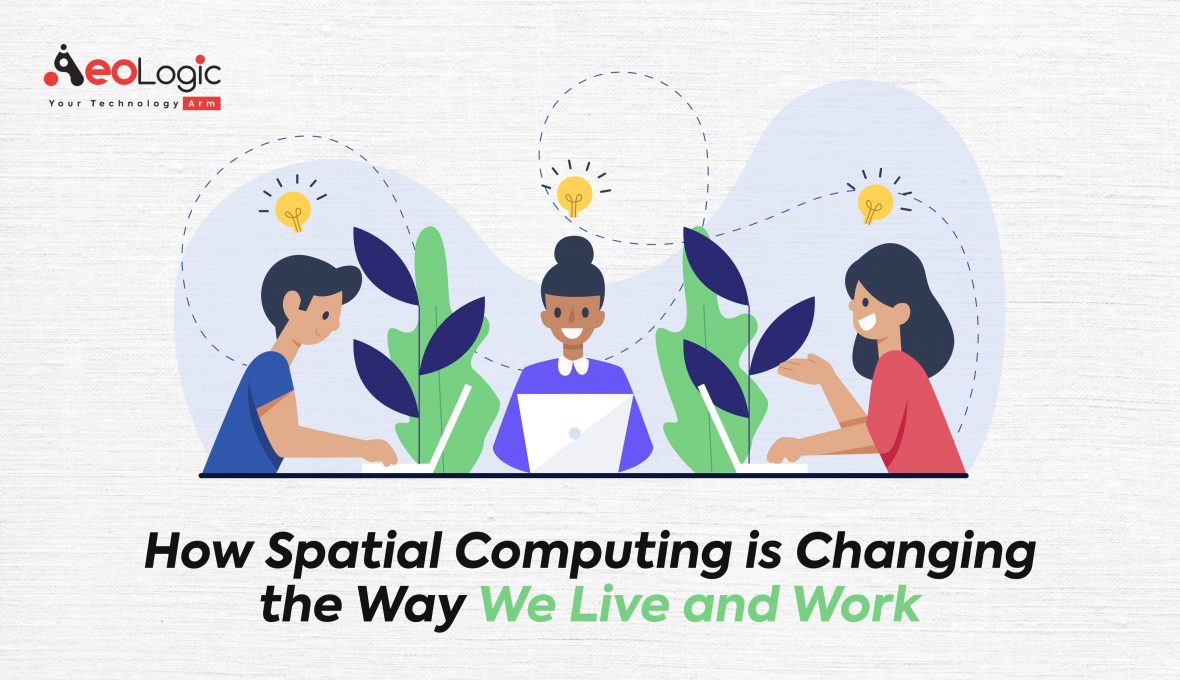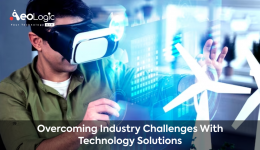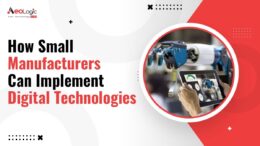Look around you. Everything you see, from the smartphone in your hand to the office you work in, is the result of computing evolution. But what if I told you that the future of computing spatial-computing is set to fundamentally change the way we live and work?
What is Spatial Computing?
Let’s start at the beginning. It is the amalgamation of several technologies like Artificial Intelligence (AI), Augmented Reality (AR), Virtual Reality (VR), and Internet of Things (IoT), that allow computers to interact with the physical world in a three-dimensional manner.
Simply put, spatial computing is about digital information not just being on a screen, but being integrated into the environment around us in 3D space. This means you can interact with digital content just as you would with physical objects.
Now, how is spatial-computing-the-future-of-computing changing the way we live and work? Let’s dive in.
Revolutionizing the Way We Live
Imagine this. Instead of picking up your phone to check the weather, you just look out your window and a digital display appears showing the day’s forecast. Or, in your kitchen, you can follow a holographic recipe that shows you exactly how to chop an onion. This is not science fiction; this is spatial computing in action.
Your Personal Assistant, Upgraded
Our daily lives are getting a significant upgrade thanks to spatial computing. Remember how Siri or Google Assistant changed the way we interacted with information? Now, with spatial computing, these virtual assistants will no longer be confined to your smartphone or speaker, they will be part of your environment.
Imagine interacting with your top AI assistant just like you would with a human. They could remind you of appointments by creating visual markers in your environment, guide you to the nearest coffee shop, or even recommend the best route for your morning run, all in real time and in the world around you.
A New Dimension of Entertainment
According to a report by PwC, the AR and VR market is expected to reach $1.5 trillion by 20301. This points to a new era of entertainment where we don’t just watch movies or play video games on flat screens; we become part of them.
Spatial computing will allow you to experience immersive environments, right from your living room. Imagine playing a video game where your living room transforms into the game world, or watching a concert with the band performing right in your home. The possibilities are endless.
Also Read: Use Cases of Facial Recognition Technology in the Future
Transforming the Way We Work
As with our personal lives, it is bringing about revolutionary changes in our workplaces as well.
Remote Work, Redefined
In the wake of the global pandemic, remote work became a new norm. However, video conferencing and chat apps can only do so much to emulate a physical office. Spatial computing can take remote collaboration to a new level by creating virtual workplaces.
Imagine being able to walk into your office, sit at your desk, or even have a water-cooler chat with your colleagues, all from the comfort of your home. Not only will this bridge the gap between remote and in-person work, but it will also allow companies to tap into global talent without geographical limitations.
Training and Development Reinvented
Spatial computing is also poised to change the way we learn and train in our jobs. According to a Harvard Business Review report, AR and VR training have shown a 70% increase in recall capacity compared to traditional methods2.
Instead of reading a manual or watching a video, imagine being able to practice a task in a virtual environment. Whether it’s a surgeon practicing a complex procedure or a firefighter training for dangerous situations, spatial computing will allow for safer, more efficient, and effective training.
Also Read: Futuristic Technology Advancements in the Retail Industry
Innovating Healthcare with Spatial Computing
One field that stands to benefit immensely from “spatial-computing-the-future-of-computing” is healthcare. With spatial computing, not only can healthcare delivery be improved, but also the quality and speed of medical research and development.
Telemedicine Like Never Before
While telemedicine has been a boon, especially during pandemic times, spatial computing is set to take it to a whole new level. Picture this: instead of explaining your symptoms over a phone call or video chat, a doctor can actually see a 3D representation of your condition. This would lead to more accurate diagnoses and better patient care.
Enhancing Medical Training and Research
Medical training often involves a steep learning curve due to the complex nature of human anatomy and the precision required for treatments and surgeries. With spatial computing, medical students could learn about the human body in a 3D interactive environment, leading to better understanding and skill development.
Similarly, researchers can visualize complex biological processes, enhancing their understanding and speeding up the development of new treatments. For example, visualizing the 3D structure of a virus could accelerate the development of new vaccines or therapies.
Frequently Asked Questions About Spatial Computing
The world of its is indeed fascinating, but it might also stir up a fair share of questions. Here, I have answered a couple of the most commonly asked queries.
What devices are needed for spatial computing?
The hardware needed for spatial computing can vary based on the application. At its most immersive, it could require VR headsets, AR glasses, or other wearable technology that can project digital information into your environment. On a simpler level, even smartphones and tablets with AR capabilities can offer spatial computing experiences.
Is spatial computing safe?
Like any technology, spatial computing comes with its own set of challenges. Privacy concerns may arise as more and more of our environment becomes digitized. There might also be health considerations tied to the prolonged use of VR and AR devices. However, with robust regulations and user guidelines, these concerns can be effectively managed. The potential benefits of spatial computing in fields like healthcare, education, and work, among others, make these challenges worth tackling.
Final Words
As you can see, it is not just a buzzword. It’s a paradigm shift that’s set to transform our lives in unprecedented ways. So the next time you reach for your smartphone, just remember that the future of computing is not in your hand, but all around you.
Do you have a story to share?
Get in touch by emailing support@aeologic.com






